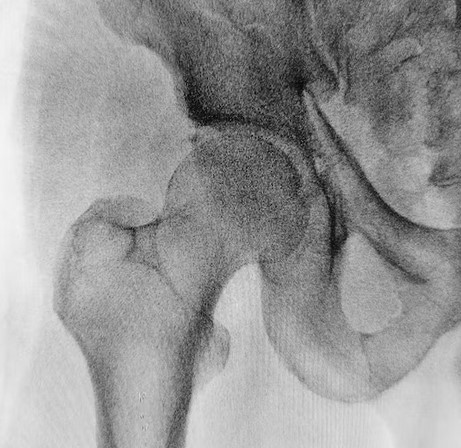Bone Pain Physiotherapy
Contents
Causes of bone pain
- Endocrine, such as hyperparathyroidism, osteoporosis (decreased bone mineral density), renal (kidney) failure
- Gastrointestinal issues such as celiac disease and non-celiac gluten sensitivity (both often occur without obvious digestive symptoms), inflammatory bowel disease (including Crohn’s disease and ulcerative colitis).
- Hematologic such as Cushing’s syndrome, histiocytosis, multiple myeloma and sickle cell anaemia (red blood cell anomaly)
- Infectious, such as Lyme disease and osteomyelitis
- Neurological, such as spinal cord injury (SCI) and vertebral degeneration.
- Oncologic, such as bone metastasis and leukemia
- Rheumatic, such as ankylosing spondylitis, rheumatoid arthritis, gout
- Others, such as fractures, osteoarthritis, Paget’s disease of bone (also termed osteitis deformans or ambiguously, just Paget’s disease).
When kids or children complain of bony pain…

- Acute leukemia
- Acute rheumatic fever, a very dangerous disease that can cause permanent cardiac damage
- Untreated celiac disease, which can present without gastrointestinal symptoms
- Fibromyalgia, which can affect anyone regardless of age
- Growing pains
- Hypermobility syndrome can present with knee or ankle pain
- Lupus
- Henoch–Schönlein purpura
- Fibrous dysplasia of bone
- Infection
- Injury such as sprains or fractures
- Inflammatory bowel disease
- Juvenile idiopathic arthritis
- Lyme disease, which is transmitted by ticks and is characterized by debilitating polyarthritis, neurologic symptoms, and erythema migrans
- Lymphoma
- Osteomalacia / rickets in adolescents
- Osteosarcoma
- Rickets
- Septic arthritis, a severe infection of the joint that can lead to permanent joint damage.
- Spondyloarthropathies.
- Viral diseases, including the measles, influenza, mononucleosis, chickenpox, and mumps.
Common causes of bone and joint pain in adults, such as osteoarthritis and gouty arthritis are rare in children, as these diseases are a sequelae of chronic wear and tear for several years.
Cancer can cause bone pains
Boney cancer pain is the most severe type of pain, because of its severity and unusual pain, as well as it is extensively researched. In cancer, bone pain is usually experienced because of bone tissue being destroyed, and this pain information is relayed to the nerves and brain. In the case of metastatic cancer, the cancer cells can travel and lodge / infect other bone cells, weakening bone cells and matrix; leading to fractures and bony pains.Treatments for bone pains
Putting anesthetics (painkillers) inside the actual bone that’s painful is used, because it’s most direct for pain relief. Another approach is radiotherapy, which is because it can be administered in low doses (radiotherapy uses radioactive isotopes and other atomic particles to damage the DNA in cells, leading to cellular death in cancer tumors or growth). A form of radiotherapy that is often used in cases of bone cancer is systemic radioisotope therapy, where the radioisotopes target sections of the bone specifically undergoing metastasis. For orthopedic conditions such as bone fractures, the quickest and most effective is typically corrective surgery followed by orthopedic and fracture physiotherapy or hand therapy.Where To Next?
- Go to Home / Start
- Learn and find out more about your pains (bones, muscles, joints, tendons, ligaments, nerves etc) at Pain Conditions & Injuries
- Visit our shop to see products we recommend for pain relief, heating, treatments and more
- Contact us




